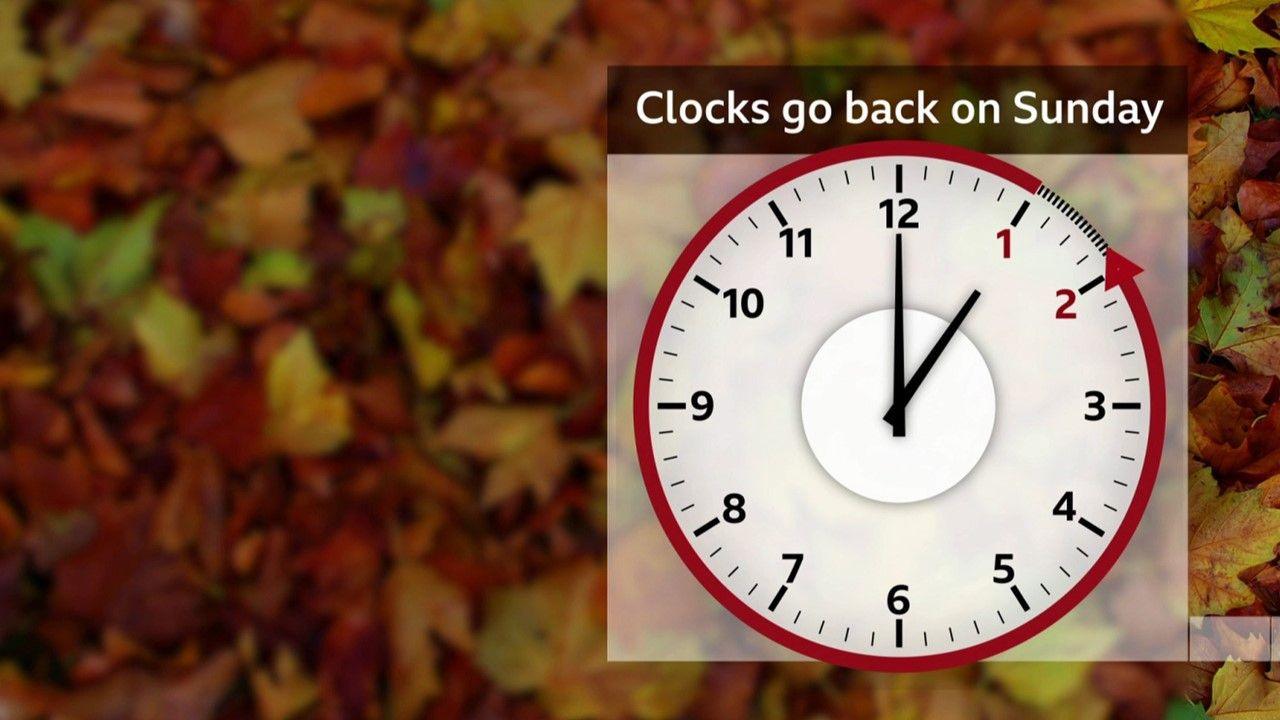Clocks Go Back: What You Need to Know About Daylight Saving Time

Introduction
As autumn approaches, the practice of adjusting clocks to reflect Daylight Saving Time (DST) once again becomes relevant. In the UK, clocks go back one hour at 2:00 AM on the last Sunday in October, which in 2023 falls on October 29th. This twice-yearly practice has both historical roots and contemporary implications, making it an important topic for everyone.
Understanding the Change
Daylight Saving Time is designed to make better use of daylight during the longer days of summer. However, as winter arrives, the longer daylight hours are no longer needed, necessitating the ‘fall back’ of the clock. This event has been observed in the UK since 1916, originally introduced to conserve energy during World War I. Today, the primary goal of this time adjustment is to maximise natural daylight and reduce reliance on artificial lighting.
The Impact on Daily Life
When the clocks go back, many people experience a temporary disruption in their sleep patterns as they adjust to the new schedule. While some relish the extra hour of sleep, others may find the early sunset leading to feelings of insomnia or Seasonal Affective Disorder (SAD). Interestingly, studies suggest that the time change can also influence public health, with an increase in heart attacks and road accidents reported in the days following the shift.
Future of Daylight Saving Time
The debate on whether to maintain or abolish Daylight Saving Time continues to stir public interest and legislative discussions around the world. The European Union has been considering the discontinuation of the clock changes altogether, advocating for a permanent standard time. While the UK has not made any formal moves towards such a change, public opinion remains divided.
Conclusion
As the clocks go back this October, it is important for individuals to anticipate the change and its effects on their daily lives. Whether it will result in a welcome extra hour of sleep or temporary shifts in mood and productivity, awareness and preparation can help in easing the transition. The significance of this biannual event speaks not only to the importance of timekeeping in society but also highlights the ongoing discussions surrounding time management. In the future, as discussions around Daylight Saving Time continue, the relevance of this twice-yearly change may evolve yet remain a poignant topic for all.
